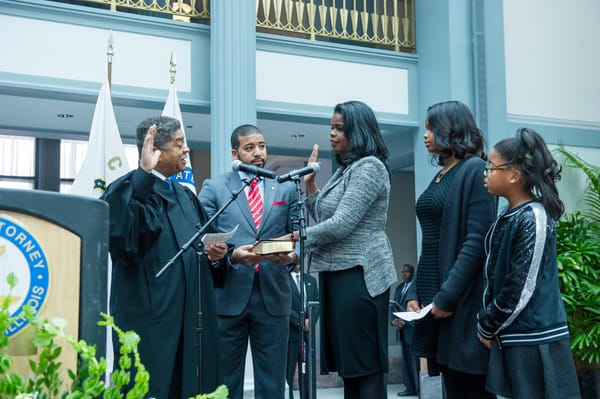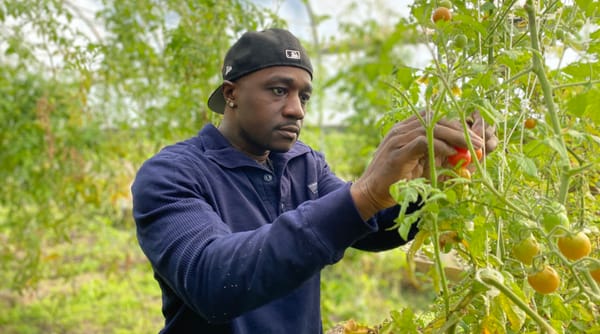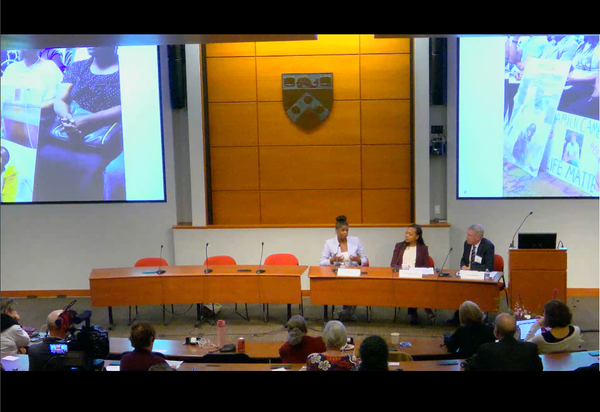The lawyer wore leather loafers without socks

It was already a quarter to three when I got to the courthouse yesterday, and I just knew the visit was going to be a waste of time.
Ten days earlier, I’d ordered a file for someone who asked me to research their case. But based on my track record at “26th and Cal” — as we call the George N. Leighton Criminal Courthouse in Chicago — I didn’t expect my request to be fulfilled.
So I was surprised when I got to the clerk’s office and, after just a little resistance, they handed me the box.
Handwritten notes. Typewritten pages. A time capsule of a justice system decades past.
The documents in this one banker’s box told the story of how a 19-year-old man from the South Side of Chicago saw his life forever changed when he was convicted of shooting a 16-year-old — a crime he says he didn’t commit.
With only 90 minutes to make sense of the material, I got just a quarter of the way through the box. So far, I’ve found an arrest report, victim statements, and several other files showing how, just a few years into his 30-year sentence, the convicted man — then in his early twenties — began seeking post-conviction review.
Three decades later, he’s still fighting for resolution.
I’ll be going back to continue the research.
But that’s not all that happened yesterday.
Despite the 4:30 p.m. quitting time for most courtroom staff, I decided to check in on the chambers of one of my oft-visited judges. And it was there — after 5 p.m. — that I stumbled onto a case that kept me researching late into the night.
It’s a post-conviction case.
A man says he was wrongfully convicted of assault. Sentenced to 22 years, he spent 11 behind bars. Now, with help from a university legal clinic, he’s seeking exoneration.
The claim: ineffective assistance of counsel. He says his court-appointed attorney never called key exculpatory witnesses.
So, in this hard-won post-conviction hearing, the judge, state prosecutors, defense counsel, and the defendant gathered to watch security footage from a liquor store camera. Though the video doesn’t show an assault, prosecutors had once used it to build the theory that led to his conviction.
I sat down quietly to observe.
The prosecutor wore a green double-breasted pantsuit. With her second- and third-chairs buried into whatever was on their laptops, she faced the unusual task — in this adversarial system of justice — of defending the performance of the defendant’s former trial attorney.
On the other side of the courtroom sat the defense counsel and the defendant.
With a chiseled countenance and the weary posture of an overworked attorney, the defense lawyer reminded me of a dark-haired Jake Tyler Brigance — the fictional defense attorney from A Time to Kill — as he sat cross-legged on the floor, queuing up video for the judge.
The defendant wore a gray hoodie, a navy Chicago Bulls cap, and an ankle monitor on his left leg. He carried the same unfiltered, sympathetic presence as Carl Lee Hailey.
But this real-life courtroom drama had a twist: the defense attorney — dressed in a light gray suit and brown leather loafers without socks — had himself once been convicted of murder. After an appellate court exonerated him, he went to law school.
The case continues later this month.
And the Cook County Courtroom Observer will be there.
Please stay tuned.



